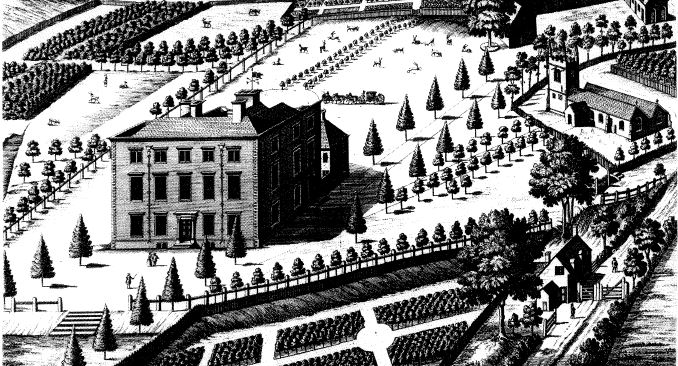Originally bought by London merchant Sir Richard Gough in 1717, the Calthorpe Estate has been owned by the Anstruther-Gough-Calthorpe family for over 300 years. During his ten years in the area Sir Richard rebuilt Edgbaston Hall, the Edgbaston Old Church and enclosed Edgbaston Park. Sir Richard’s son, Henry Gough, succeeded to the Estate in 1727 and his second marriage saw him marry Barbara Calthorpe, to become the Gough-Calthorpes.
Heritage

A Brief History
Despite the social changes of the Industrial Revolution and the proposal of a Birmingham to Worcester canal at the end of the 18th century, Sir Henry Gough maintained the rural scenic character of the area by prohibiting warehouses and workshops being built on The Estate.
It was in 1810 that George, 3rd Baron Calthorpe, decided to develop Edgbaston as a residential area. The trades of Birmingham brought prosperity to the city and Edgbaston established itself as a fashionable suburb for wealthy industrialists to the west of the commercial centre. Many elegant homes were built during the late Georgian period, particularly in Frederick Road and George Road.
In 1900 gifts of land were given to the University of Birmingham, totaling more than 90 acres. A further 120 acres were also sold to the educational institution. In addition, land was given to the Queen Elizabeth Hospital, as well as to create Calthorpe and Cannon Hill Parks and land was also gifted to the Warwickshire County Cricket Club – home of the Edgbaston stadium.
In 1910, Augustus, 6th Baron Calthorpe died. His titles passed to his brother, but the Edgbaston Estate and most other property was inherited by his eldest daughter, Rachel. Originally a Gough-Calthorpe, she was married to Fitzroy Lloyd-Anstruther, who in this same year changed his name to Anstruther-Gough-Calthorpe.
In 1936 the original home of the Gough-Calthorpes, Edgbaston Hall, became the Edgbaston Golf Club. The family connection is still alive today and a member of the Anstruther-Gough-Calthorpe family acts as President of the Golf Club.
By the 1950s a new masterplan was developed which included redevelopment of the area closest to the centre of Birmingham (Five Ways) into a commercial district. Architect John Madin was instrumental in this new approach and high-rise office buildings were developed including Chamber of Commerce (1960), 54 Hagley Road (1977) and Tricorn House (1975).
Edgbaston is often referred to as a residential district but the estate’s ownership of houses was impacted by the Leasehold Reform Act 1967. The new law allowed lessees of houses where the lease was granted for a period in excess of 21 years to compulsorily purchase the freehold from the estate. Today there are over 3,000 houses that have exercised this right and they are subject to the Calthorpe Estate Scheme of Management.
